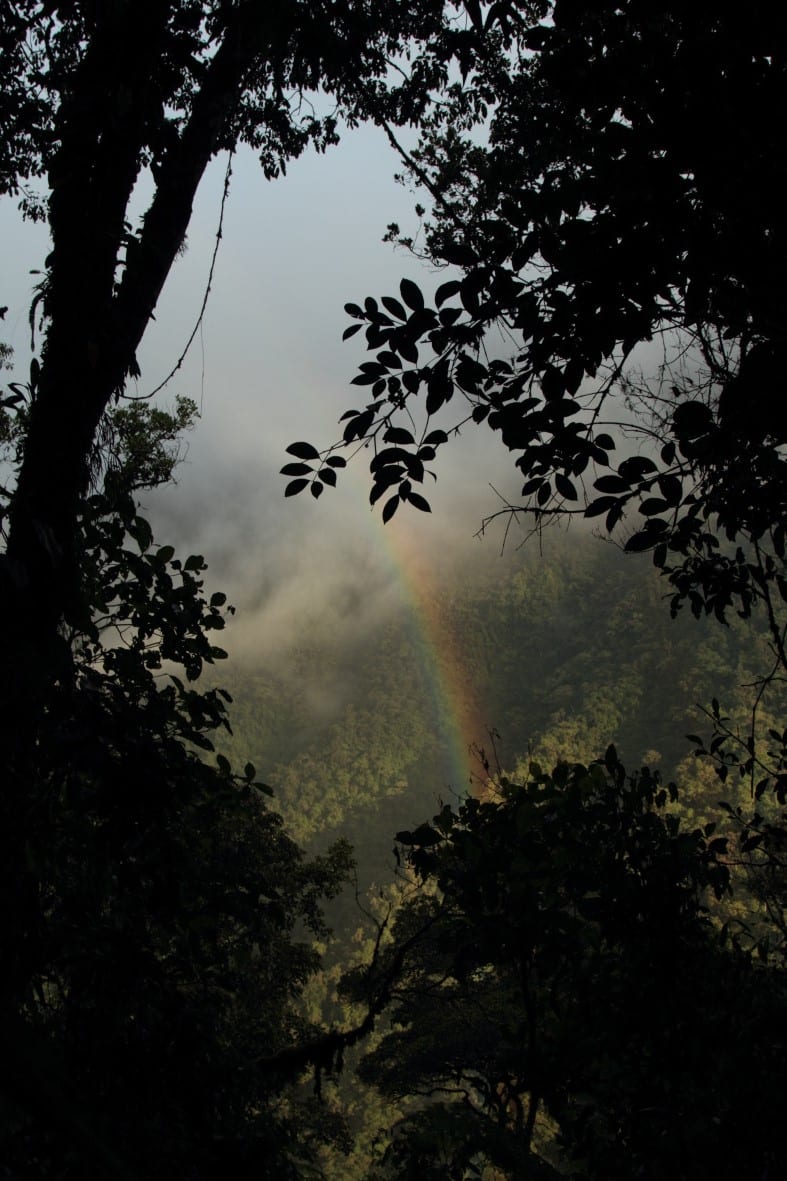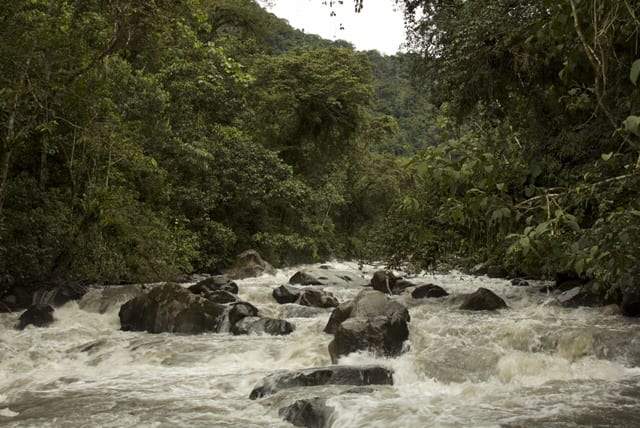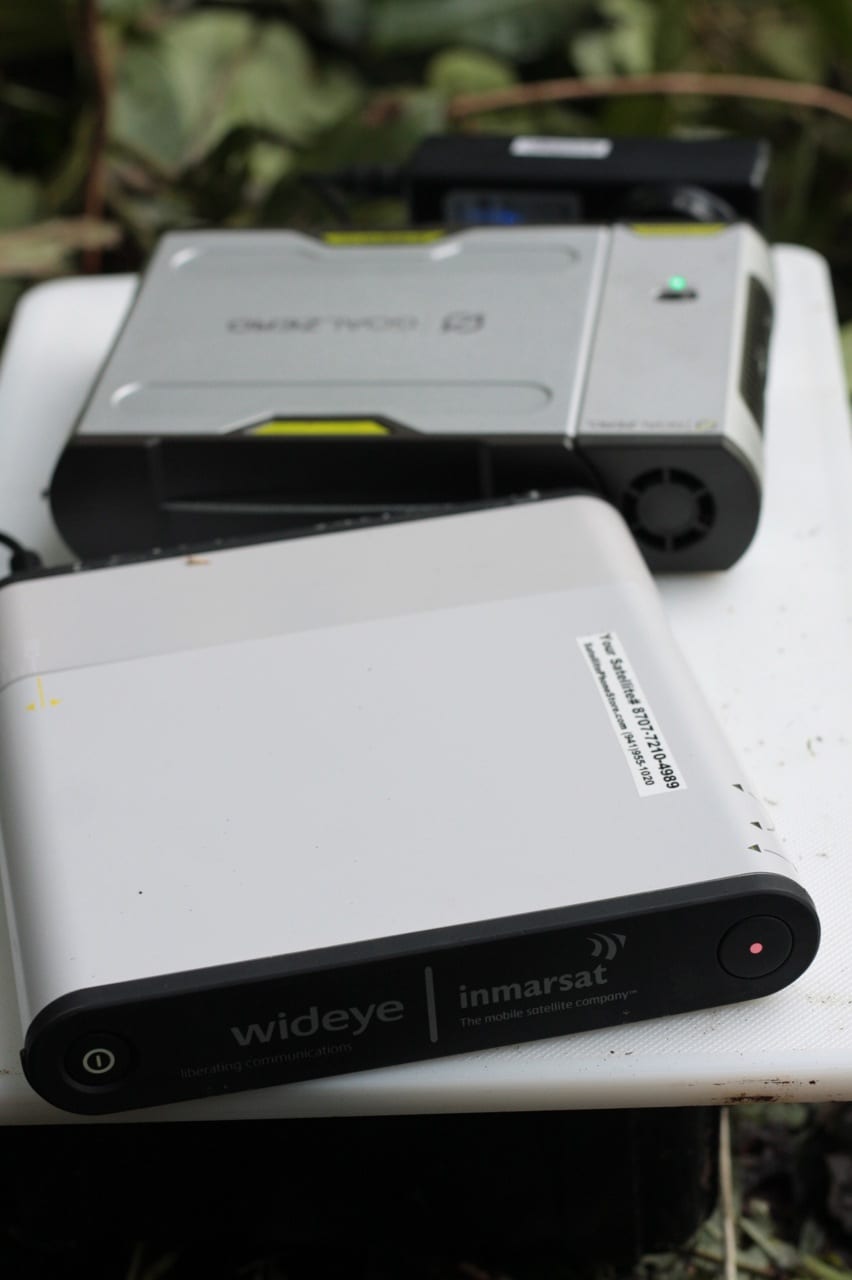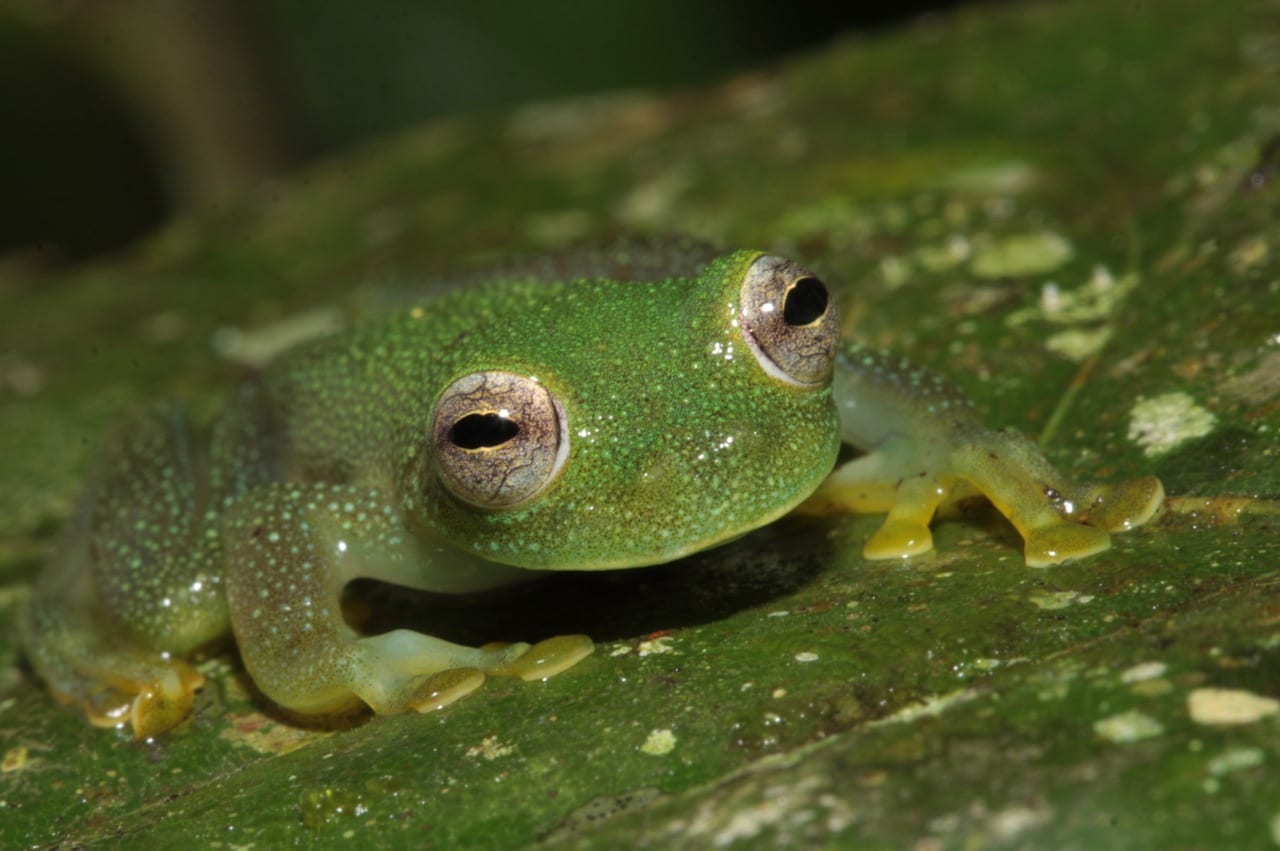
Connecting to the internet from near Camp 1. (Photo Maira Duarte).



José Padial and his team have established camp in the remote Vilcabamba mountains of Peru in the pursuit of biodiversity research. He blogs and sends photos as often as possible capturing his expedition along the way. These photos were taken during the week of 2/7-2/11/16.





















